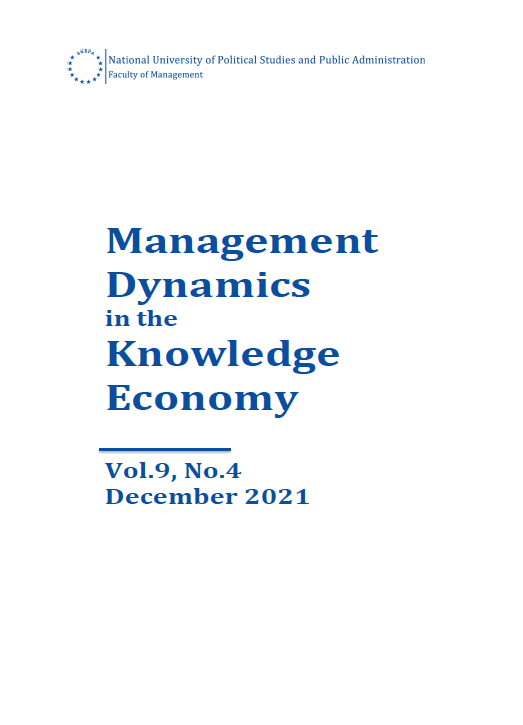Market Risk Management - Modeling the Distribution of Losses Using Romanian Securities
Market Risk Management - Modeling the Distribution of Losses Using Romanian Securities
Author(s): Maria-Cristina Zwak-Cantoriu, Lucian Claudiu Anghel, Ioana Simona ErmisSubject(s): Economy, Financial Markets
Published by: Facultatea de Management – Scoala Nationala de Studii Politice si Administrative (SNSPA)
Keywords: market risk management; value at risk; distribution of losses;
Summary/Abstract: Market risk with its major components, such as the risk of interest rate instruments, currency risk, and risk related to stock and commodity investigations, represents the risk of losses in balance sheet and off-balance sheet positions, resulting from negative market price movements. Portfolios of instruments traded for short-term profits, called trading portfolios, are exposed to market risk or risk of loss, resulting from changes in the prices of instruments, such as stocks, bonds, and currencies. This paper, through theoretical and empirical methods, assesses risk by using the probability distribution of daily variations in government bond yields. Long-term government securities in most cases have a higher return due to the higher level of risk assumed regarding changes in risk factors such as interest rates, which, when raised above a certain threshold, cause a price decrease, which illustrates the price sensitivity to long-term bonds. Using Value at Risk as the main element for determining the maximum possible loss on investment in a trading book, as well as statistical tests to measure the similarity between two or more distributions such as the Kolmogorov-Smirnov test, Anderson -Darling or Chi-squared, we identified the most representative theoretical probabilistic distribution both for the value of losses and for the frequency of risk events. At the same time, the most used distributions to manage the market risk by advanced methods and, of course, the distributions used in this paper, were Weibull and Pareto (including the generalized form), as well as other distributions, because they better capture the asymmetry in queues and the presence of thick tails. Modeling the distribution of losses requires choosing from a set of probable distributions, the one with the highest log-likelihood.
Journal: Management Dynamics in the Knowledge Economy
- Issue Year: 9/2021
- Issue No: 4
- Page Range: 432-446
- Page Count: 15
- Language: English

